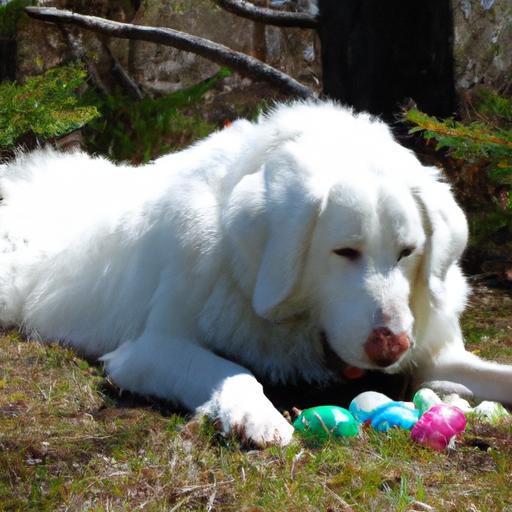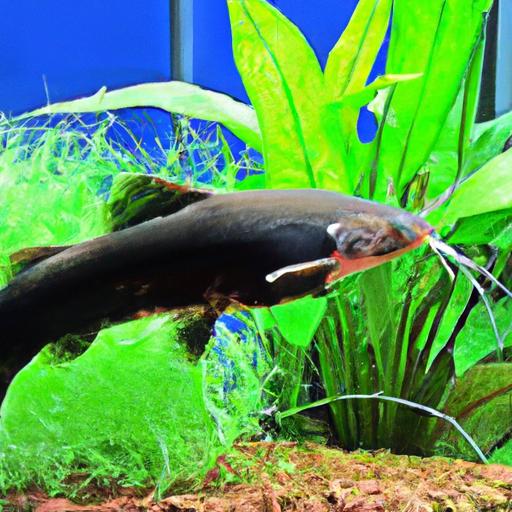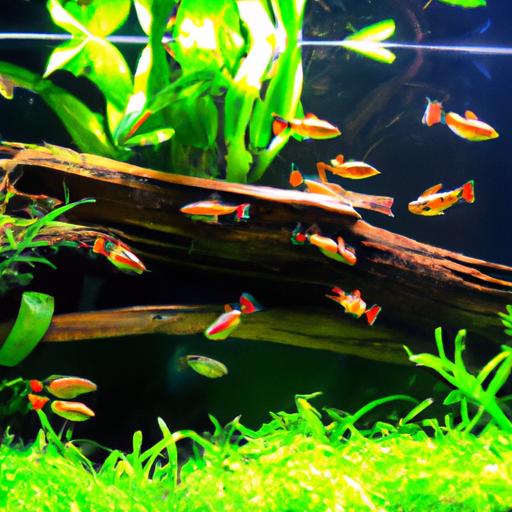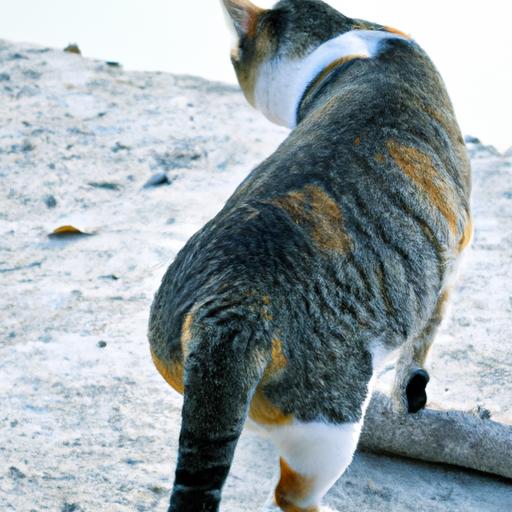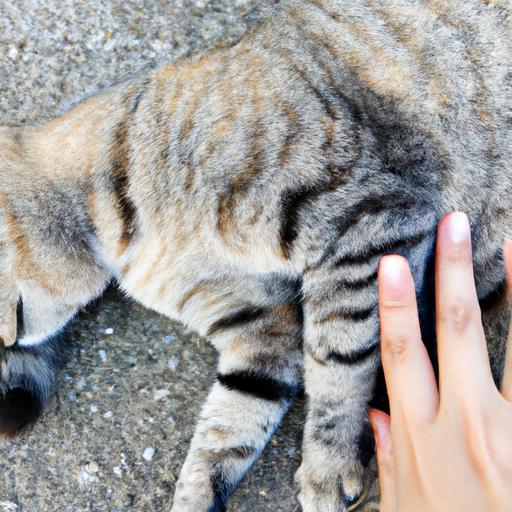
Understanding Cat Tail Bunting Behavior: Decoding Feline Communication
Unlock the secrets of cat communication with our guide to Understanding Cat Tail Bunting Behavior. Discover the meanings behind this feline behavior and decode your cat’s messages.
Introduction
Have you ever wondered what your feline friend is trying to tell you when they rub their tail against you? Understanding cat tail bunting behavior is key to deciphering the intricate language of our beloved cats. Cat tail bunting, a common behavior observed in cats, holds valuable insights into their emotions and intentions. In this article, we will dive deep into the world of tail bunting, exploring its meaning, significance, and the role it plays in feline communication.
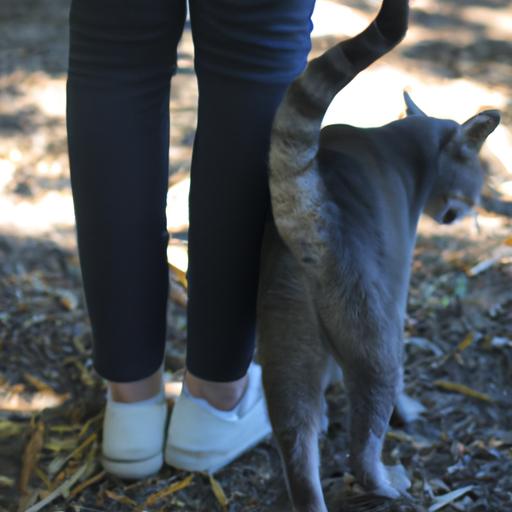
Understanding Cat Tail Bunting Behavior
Cat tail bunting is a fascinating behavior where a cat rubs its tail against a person, object, or another animal. This seemingly simple act holds great significance in feline communication. By taking a closer look at tail bunting, we can unravel the hidden messages behind this behavior.
The Meaning Behind Cat Tail Bunting
Tail bunting serves as a form of communication for cats. It is their way of marking their territory, expressing familiarity, and establishing social bonds. When a cat rubs its tail against you, it is leaving behind its scent, marking you as a part of its territory. This behavior signifies trust and acceptance, as your cat considers you a member of their close-knit circle.
Reasons for Cat Tail Bunting
There are several reasons why cats engage in tail bunting behavior. One primary motive is scent marking. Cats have scent glands located at the base of their tail, and when they rub against an object or a person, they leave their unique scent behind. This scent serves as a form of communication, conveying information about their presence, territory, and social status to other cats.
Another reason for tail bunting is the expression of affection. Cats often engage in this behavior to show their love and bond with their owners. It is their way of saying, “You are mine, and I am yours.” Tail bunting can also be seen as a greeting, a way for cats to acknowledge and welcome each other.
Different Types of Tail Bunting and Their Meanings
Tail bunting can manifest in various forms, each carrying its own message. Let’s explore some common types of tail bunting and their meanings:
-
Slow Tail Wrapping: When a cat wraps its tail around your leg or another object in a slow and deliberate manner, it signifies contentment and a strong bond. This type of tail bunting is often observed when a cat is seeking comfort and security.
-
Quick Tail Sweep: A swift and gentle sweep of the tail against your leg or an object indicates a friendly greeting. It signifies that your cat is acknowledging your presence and welcoming you into their space.
-
Head-to-Tail Rub: In this form of tail bunting, a cat rubs its entire body against you or an object, starting from the head and moving towards the tail. This behavior is a clear sign of trust and affection, as your cat is essentially marking you with their scent from head to tail.
The Role of Scent Glands in Tail Bunting Behavior
Cat tail bunting behavior is closely linked to the scent glands present in their bodies. These glands, located at the base of the tail, release pheromones that carry valuable information for other cats. When a cat rubs its tail against you, it is depositing these pheromones, effectively communicating its presence and establishing a familiar scent in its environment.
Frequently Asked Questions (FAQ)
Q: What does it mean when a cat rubs its tail against you?
A: When a cat rubs its tail against you, it is displaying a gesture of trust, affection, and ownership. By leaving their scent on you, they are marking you as a part of their territory and expressing their bond with you.
Q: Is tail bunting a sign of affection?
A: Yes, tail bunting is often considered a sign of affection. Cats engage in this behavior to display their love, trust, and acceptance towards their owners or other animals.
Q: Can all cats exhibit tail bunting behavior?
A: While tail bunting is a common behavior observed in cats, not all cats may exhibit this behavior. Factors such as individual personality traits and past experiences can influence whether a cat engages in tail bunting or not.
Q: How can I encourage my cat to engage in tail bunting?
A: To encourage tail bunting behavior, create a safe and comfortable environment for your cat. Spend quality time with them, provide affection, and establish a strong bond. Additionally, you can use interactive toys or engage in grooming sessions, as these activities can stimulate tail bunting behavior.
Conclusion
Understanding cat tail bunting behavior is like deciphering a secret code that our feline companions use to communicate with us and other cats. By recognizing the meanings behind different types of tail bunting and the role of scent glands in this behavior, we can forge stronger bonds with our cats and provide them with the love and care they deserve. So the next time your cat rubs its tail against you, remember the profound message it carries—the message of trust, affection, and a deep connection between you and your furry friend.















